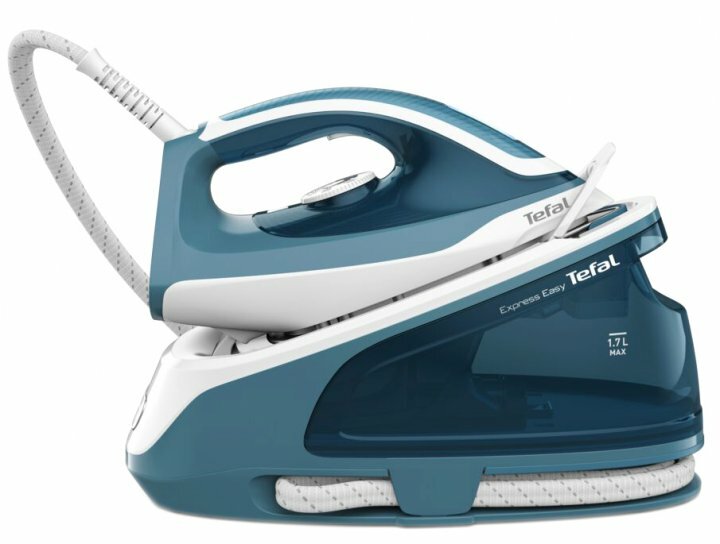In this article, you will learn what a pumping station is, what design of a pumping station, the principle of operation of a pumping station with a hydraulic accumulator, how to adjust the pressure in a pumping station.

The content of the article
- Pumping station for a private house - what is it, what is its design
- How the pumping station works
- How does the pressure switch work in the pumping station
Pumping station for a private house - what is it, what is its design
Pumping station - a complex system of devices for water supply at home, increasing pressure in the pipeline. A standard pumping station with a hydraulic accumulator consists of 5 elements:
- electric motor
- Pump
- Hydraulic accumulator
- pressure gauge
- Pressure switch
All elements of the pumping station are interconnected by a pipeline or in another way, and the pumping station is also connected to the house's water supply pipes and a pressure pipe.
How the pumping station works
Water from the source goes through a pipe to the station itself. The angle of inclination of the water supply pipe must be more than one degree.
The liquid enters the centrifugal pump, it is rotated by the motor of the station. He pumps water from a spring and raises it higher. From there, it diverges to the accumulator and the water supply system of the house.
Water completely fills the entire volume of the station, accumulator and pipe system. The pump pumps water, increasing its pressure in the pipeline.
Water presses on the pressure switch membrane. It has a membrane that, at the selected pressure, presses on the spring, opening the circuit and turning off the pump. The manometer measures the pressure inside the system.
Also, water presses on the flexible membrane of the accumulator - two-thirds of its internal volume is filled with air, which is separated from the water by the membrane.
In a closed system, water presses on the membrane, air through it presses on the water. When the water is used/the faucet is turned on, air pushes it out.
This reduces the water pressure, which presses on the relay membrane. The relay closes the circuit and the pump starts, which pumps water until the pressure rises again and the circuit closes.
How to adjust the pressure in the pumping station. Pressure switch adjustment. How is the pressure switch arranged in the pumping station. The principle of operation of the pressure switch.
The pressure switch in the pumping station consists of seven elements:
- Bases/enclosures
- water flange
- Nuts for adjusting the pressure difference
- Nuts for pressure regulation
- Motor terminals and earth terminals
- cable sleeve
- membranes

How does the pressure switch work in the pumping station
Water from the pipeline enters the flange where the membrane is located. The liquid presses on her. When the pressure reaches a certain value (measured mechanically), the membrane presses on the piston with the spring. Because of this, the contacts open and the electric motor turns off.
When the pressure in the system drops, the user uses water: he opened the tap - the membrane releases the piston, and the contacts close. The electric motor turns on. It turns a pump that pumps water from a source until the pressure builds up to open the contacts.
To adjust the pressure switch in the pumping station:
- Measure the pressure in the pipeline before starting work.
- Disconnect the pumping station from the power supply.
- Drain the water from the system - open the faucet.
- Disassemble the pressure switch housing - unscrew the corresponding bolts with a wrench.
- Turn the large spring nut clockwise to increase the actuation pressure. Unscrew for the opposite result.
- Turn the nut of the smaller spring clockwise to increase the difference between the on and off pressures. Rotate in the opposite direction to decrease the difference.
- Connect the station to the power supply.
- Wait for water to enter the system.
- Measure the pressure.
- If all is well, assemble the relay housing.
Pressure difference in the pumping station - what is it? We figured out how the relay works in the pumping station - at a certain pressure it turns off and on.
That is, the pump will pump water into the system until there is a conditional 2.3 bar. Then you will waste water, and the pressure will gradually decrease to the conditional 1.2 bar. Then the pump will turn on again and will work until 2.3 bar is again. The maximum pressure difference in a domestic pumping station is 1.1 bar. The difference is adjusted by turning the nut of the smaller spring. The maximum values in domestic pumping stations are 3.3 and 2.2 bar.
The smaller the pressure difference, the more stable the water pressure and the faster the wear of the equipment.


